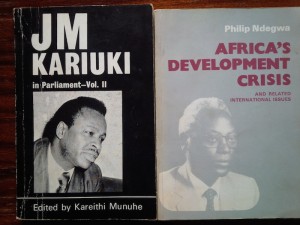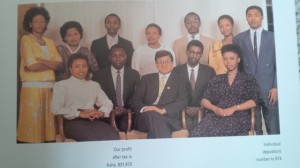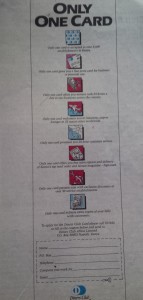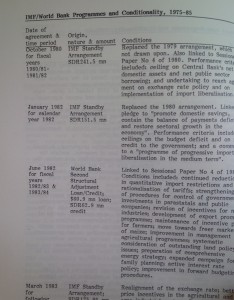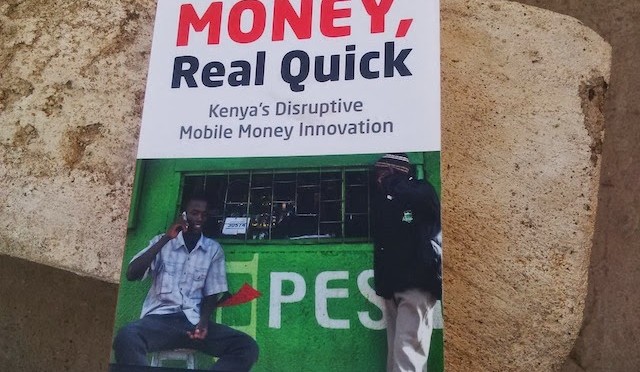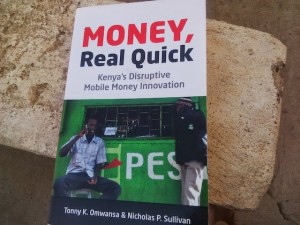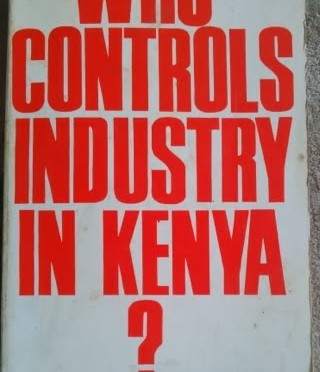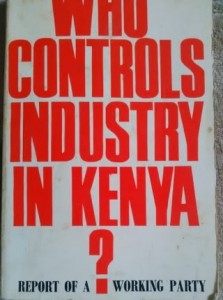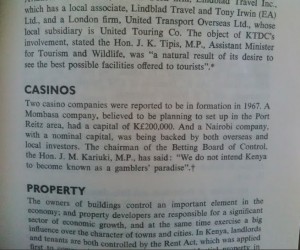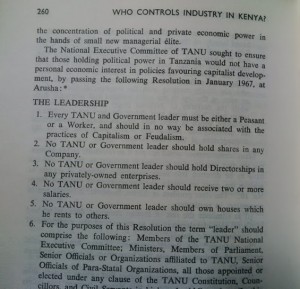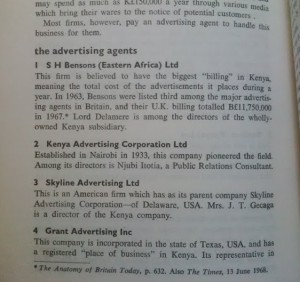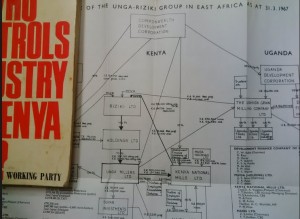I came across some old books this weekend; One was a collection of speeches by former Central Bank Governor, Philip Ndegwa, and the other was a collection of contributions made by MP JM Kariuki in parliament.
Philip Ndegwa
- The Central Bank devaluing of Kenya’s shilling is not a bad thing, and the economic impact of this is widely misunderstood.
- Commercial banks should be innovative and do more for rural Kenya; not just mop up their deposits, which they then only lend to businesses in urban areas.
- Kenya’s population will double every 17 years if the current population growth rate remains at 4% a year (a speech he gave at a population conference in Nairobi).
JM Kariuki
- There is a shortage of land for housing, and the government should take back all urban land that remains undeveloped for over two (2) years.
- Why do government officers remove fences inside (colonial) farms that the government is buying to restore people? After this is done, the new owners will still have to go back and install new fences. Farms should be bought with the fence divisions intact.
- While Kenya’s coin currency has the face of President Kenyatta, they should also inscribe his name around the sides so that future generations will know who the president was.
